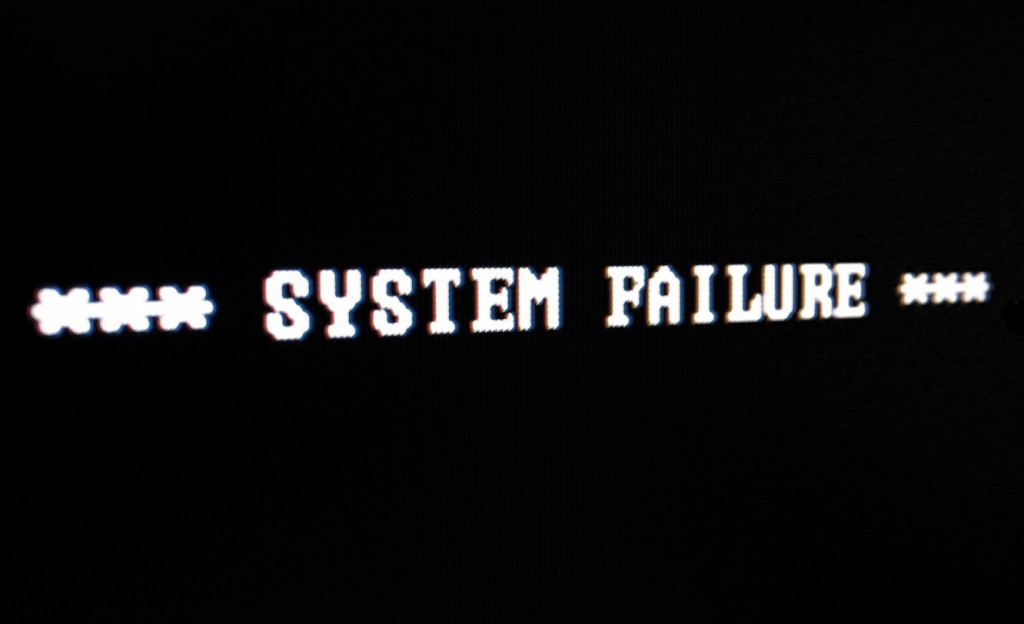Last quarter, your team didn’t reach their goals. You chalked it up to market circumstances or a seasonal anomaly. Halfway through another quarter and things aren’t looking any more optimistic. It’s obvious this is a trend and something has to change.
Before you assume you should restructure bonuses or send folks through training, you should consider different reasons your team isn’t performing. If you assume you know what the problem is, then you’re guessing at the solution. And applying the wrong solution may be worse than doing nothing at all.
So, what could the problem be?
Here are 4 reasons your team isn’t performing:
1. Lack of knowledge
Either people don’t know what to do, or how to do it (or both). Leadership will often assume this is the problem, because training seems like a simple solution.
Signs you may have a knowledge problem:
- The same questions are asked by different individuals
- There is a steep learning curve with every project/undertaking
- Quality is inconsistent
Knowledge Solutions:
- Training
- Quick Reference Guides
- Mentoring
- Continuing Education
2. Lack of structure or process
The steps to get things done in your organization are undocumented and it is unclear who has authority. Consultants will often assume this is the problem, because they have methods to address this.
Signs you may have a structure or process problem:
- Decisions are often delayed
- People are doing the same work (redundancy)
- People step on each others’ toes unintentionally
- It is difficult to report status of projects/undertakings
- Quality is inconsistent
Structure and Process Solutions:
- Organization charts
- Outlining roles & responsibilities
- Process maps / flowcharts
- Decision framework
3. Lack of Tools and Resources
People are not equipped to do their work. They do not have the hardware, software, people, and/or budgets they need to accomplish their responsibilities. Front line workers and line managers will often assume this is the problem because they see the workload, feel overwhelmed, and don’t feel supported by leadership.
Signs you may have a tools and resources problem:
- Tools are not evenly distributed and those with proper tools are your highest performers
- The use of existing hardware or software is a consistent bottleneck (be sure it’s not lack of knowledge)
- Multiple workers are putting in overtime on a regular basis
- There is a large area of responsibility within a group for which no individual has the required skills or experience
Tools and Resource Solutions:
- Assess needs through outlining team goals, roles and responsibilities
- Research industry best practices on staffing and tools (could be informal questions asked of employees who worked elsewhere)
- Assess ROI of additional budget for staffing and tools
4. Lack of Motivation
People have no incentive to perform better. Entrepreneurs will often assume this is the issue, because they believe others share similar motivations to themselves.
Signs you may have a motivation problem:
- It is unclear what is rewarded and recognized by your organization
- You have a hard time retaining people who have a healthy sense of competition
- People complain about expectations and adopt a victim mentality
- Opportunities are unaddressed
Motivation Solutions:
- Clearly stating how and why individuals are rewarded (meeting goals, taking good risks, giving extraordinary effort, etc.)
- Have a system for tracking and reporting performance
- Give employees honest feedback on their performance (more often than once a year)
- Be consistent with rewards and recognition
So, when it appears your team is chronically underperforming, take stock in these 4 key areas. By identifying a specific cause, you can define a specific solution and increase your opportunity for successfully reaching (or exceeding) team goals.
What have you done to improve your team’s performance in the past?
I’d love to hear other thoughts and solutions you’ve seen work before. Share your experience by commenting below.

